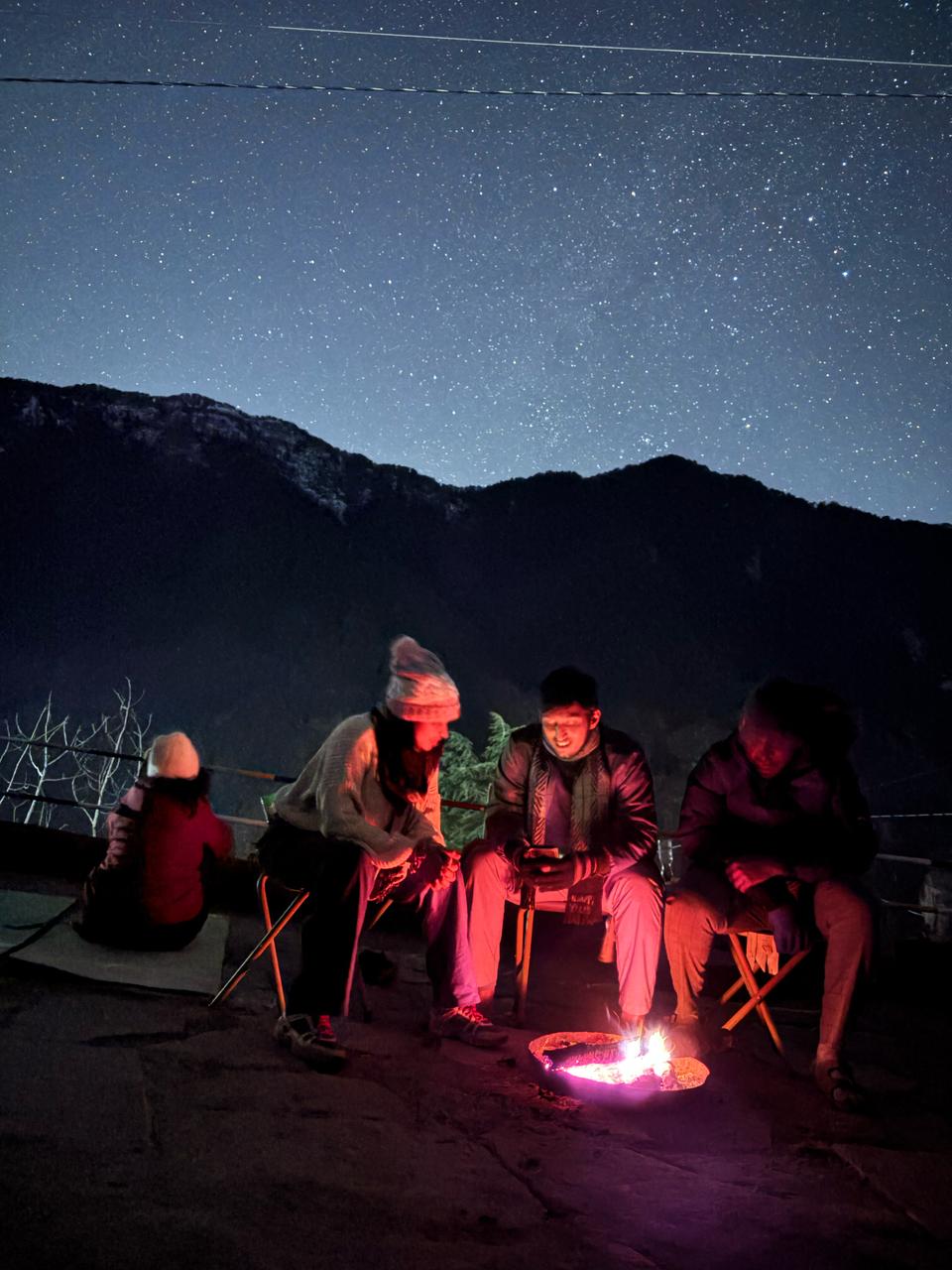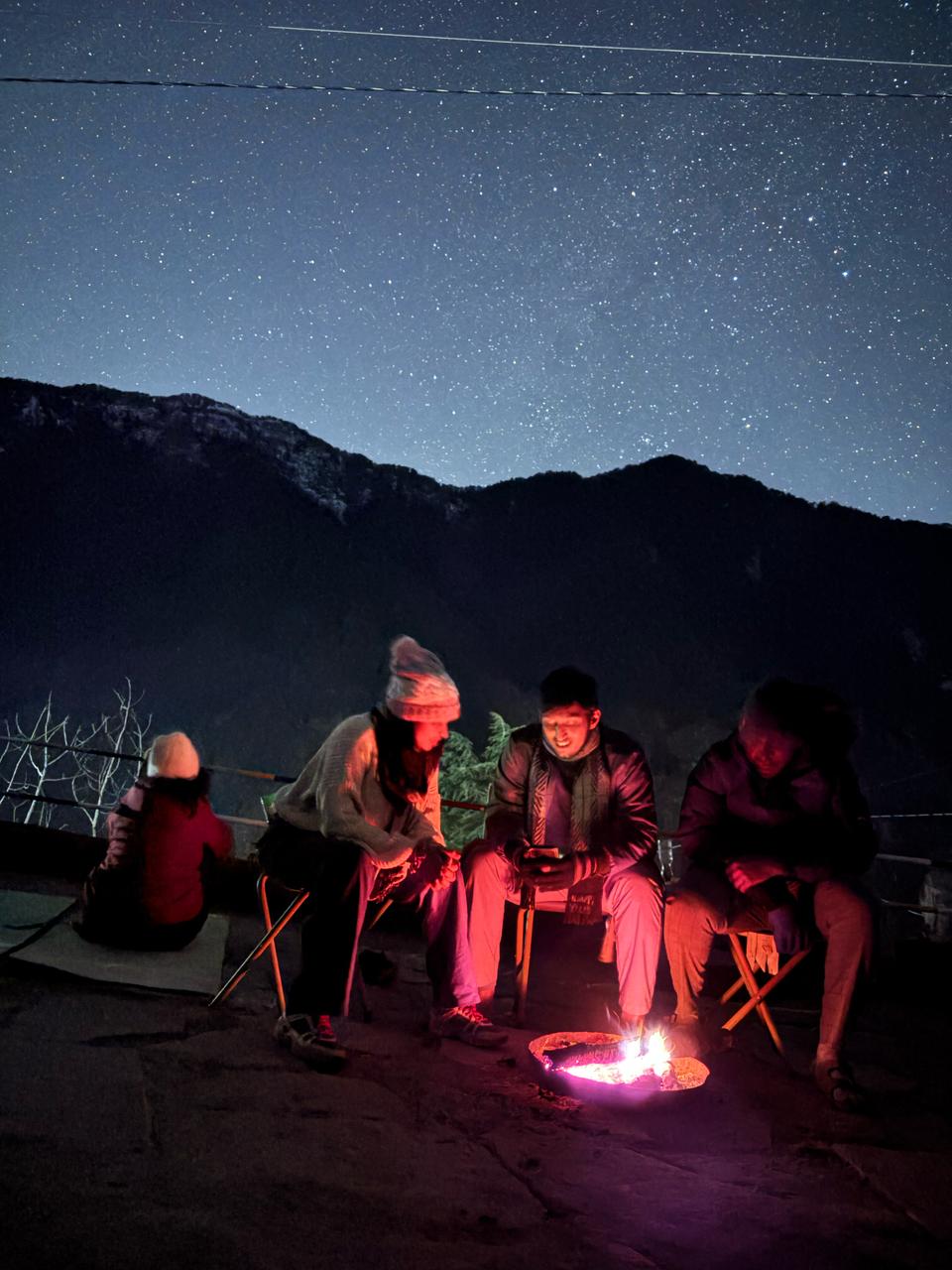The Garhwal Himalayas are not just a destination for trekkers and nature lovers—they're a living laboratory of biodiversity and a testament to the delicate balance between human life and nature. At Dodital Homestay, we're not just providing accommodation; we're part of a larger ecosystem that includes some of the most fascinating wildlife and plant species found in the Indian Himalayas. From the majestic Himalayan Monal to the elusive snow leopard, from ancient oak forests to alpine meadows, this region is a treasure trove of natural wonders that need our protection and appreciation.
"In every walk with nature, one receives far more than they seek." — John Muir
The Dodital region is particularly rich in biodiversity, serving as a crucial habitat for numerous species. The pristine forests around our homestay are home to various mammals, birds, and plant species that have adapted to the challenging mountain environment. As responsible hosts, we believe in promoting sustainable tourism that not only allows visitors to experience this natural beauty but also contributes to its conservation. Every guest who stays with us becomes part of our conservation story, learning about the importance of preserving these fragile ecosystems for future generations.

Flora: The Green Heart of the Himalayas
The vegetation around Dodital Homestay represents a classic example of Himalayan biodiversity. The forests are dominated by oak, rhododendron, and pine trees, each playing a crucial role in the ecosystem. The oak forests provide food and shelter for numerous bird species, while the rhododendron blooms create spectacular displays during spring. These forests are not just beautiful—they're essential for soil conservation, water regulation, and carbon sequestration. The alpine meadows above the treeline are home to numerous medicinal plants and wildflowers that have been used by local communities for centuries. These plants are not just part of the landscape; they're part of the cultural heritage and traditional knowledge of the region. During your stay, you'll learn about these plants, their uses, and the importance of sustainable harvesting practices.
Fauna: Wildlife Encounters in the Mountains
The wildlife in the Dodital region is as diverse as it is fascinating. While trekking or staying at our homestay, you might encounter various species including the Himalayan Monal (the state bird of Uttarakhand), various species of pheasants, and numerous songbirds. The forests are also home to mammals like the Himalayan black bear, barking deer, and occasionally, the elusive snow leopard. Bird watching is a popular activity here, with the region being home to over 200 species of birds. The early morning hours are particularly rewarding for bird enthusiasts, as the forests come alive with the sounds and sights of various species going about their daily activities. Our guides can help you identify different species and understand their behavior patterns.
Conservation Efforts: Protecting Paradise
Conservation is not just a concept here—it's a way of life. The local communities, including our homestay, are actively involved in various conservation initiatives. From practicing sustainable tourism to supporting local conservation projects, we believe in doing our part to protect this natural heritage. The Dodital region is part of the larger conservation landscape that includes several protected areas and wildlife sanctuaries. We encourage our guests to be responsible travelers, following the principles of "Leave No Trace" and respecting the natural environment. Simple practices like not littering, staying on designated trails, and not disturbing wildlife can make a significant difference in preserving these fragile ecosystems for future generations.


Comments & Discussion
Share your thoughts about wildlife conservation and nature experiences. Have you spotted any interesting wildlife during your travels? Let's discuss!